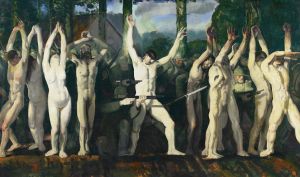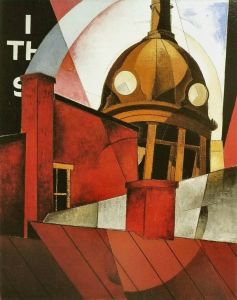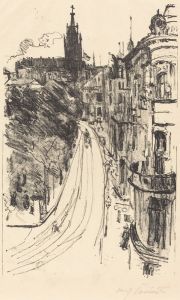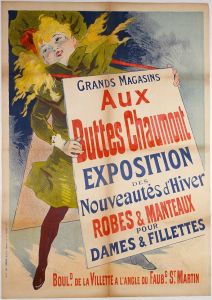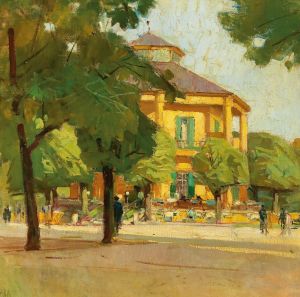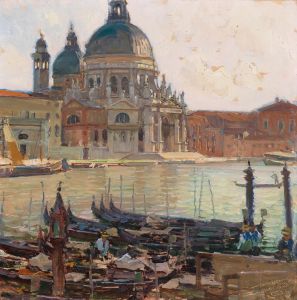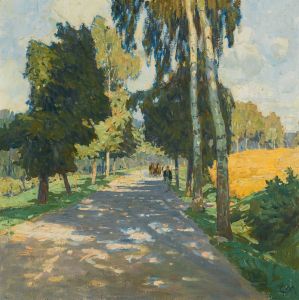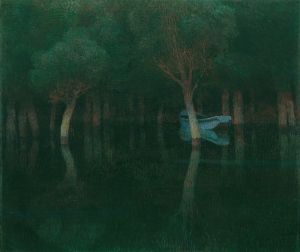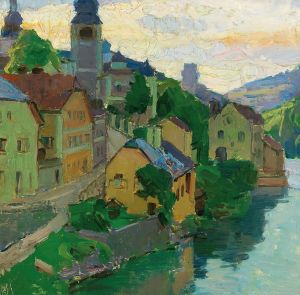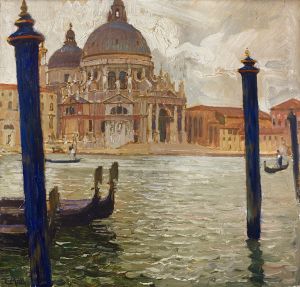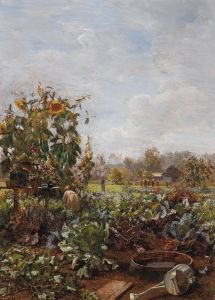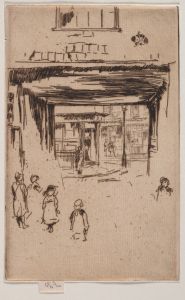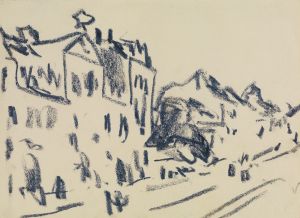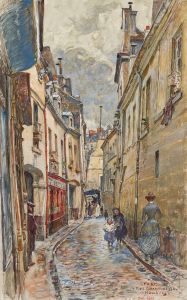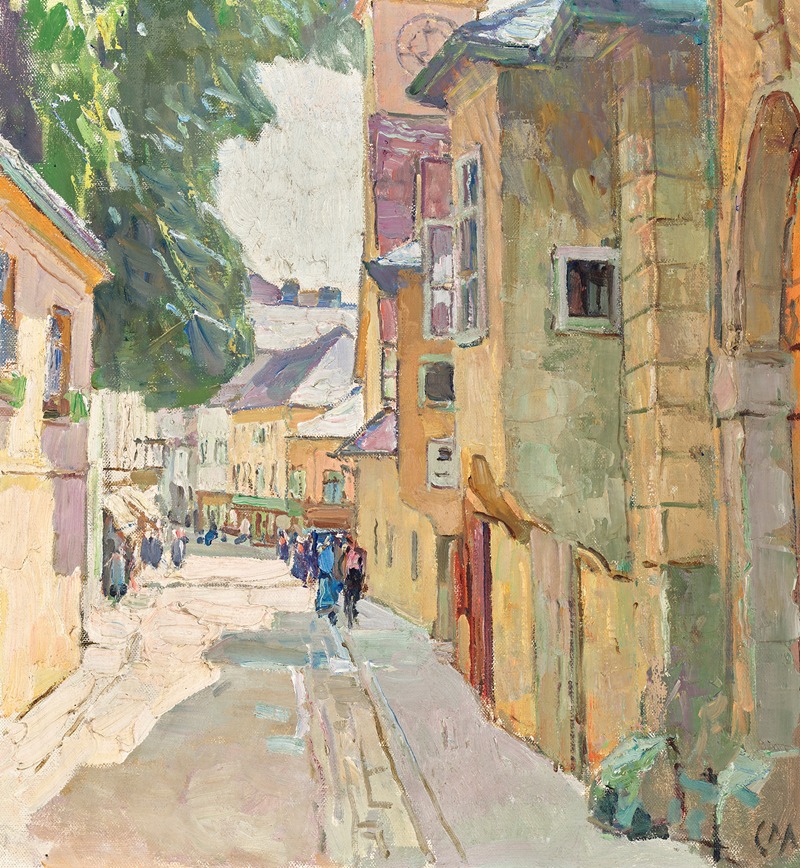
Die Dr. Seipel-Straße in Mödling
A hand-painted replica of Carl Moll’s masterpiece Die Dr. Seipel-Straße in Mödling, meticulously crafted by professional artists to capture the true essence of the original. Each piece is created with museum-quality canvas and rare mineral pigments, carefully painted by experienced artists with delicate brushstrokes and rich, layered colors to perfectly recreate the texture of the original artwork. Unlike machine-printed reproductions, this hand-painted version brings the painting to life, infused with the artist’s emotions and skill in every stroke. Whether for personal collection or home decoration, it instantly elevates the artistic atmosphere of any space.
Carl Moll (1861–1945) was an Austrian painter associated with the Vienna Secession movement, known for his landscapes, interiors, and still-life paintings. One of his works, Die Dr. Seipel-Straße in Mödling, depicts a street scene in Mödling, a town located near Vienna, Austria. The painting captures the quiet charm of the Dr. Seipel-Straße, a street named after Ignaz Seipel, an Austrian priest and politician who served as Chancellor of Austria during the First Republic.
Moll's style in this painting reflects his characteristic attention to light, atmosphere, and detail. The work is an example of his ability to convey a sense of place, often through a serene and contemplative lens. The composition likely highlights the architectural and natural elements of the street, showcasing Moll's interest in capturing the interplay between human-made structures and their surrounding environment.
Carl Moll was a prominent figure in the Viennese art scene during the late 19th and early 20th centuries. He was one of the founding members of the Vienna Secession in 1897, a group of artists who sought to break away from traditional academic art and embrace modernist principles. Moll's work often reflects the influence of this movement, characterized by a focus on decorative elements, innovative use of color, and a departure from strict realism.
The painting Die Dr. Seipel-Straße in Mödling is part of Moll's broader body of work that frequently depicted Austrian landscapes and urban scenes. Mödling, where the street is located, has historically been a popular subject for artists due to its picturesque surroundings and proximity to Vienna. The town's blend of historical architecture and natural beauty made it an appealing location for painters like Moll.
While specific details about the creation date or current location of this painting are not readily available, it remains an example of Moll's dedication to capturing the essence of Austrian life and scenery. His works are held in high regard and can be found in various museums and private collections, reflecting his significant contribution to Austrian art history.
Carl Moll's legacy is complex, as his artistic achievements are often discussed alongside his controversial political affiliations later in life. However, his paintings, including Die Dr. Seipel-Straße in Mödling, continue to be appreciated for their aesthetic qualities and their role in documenting the cultural and natural landscapes of Austria during his time.





